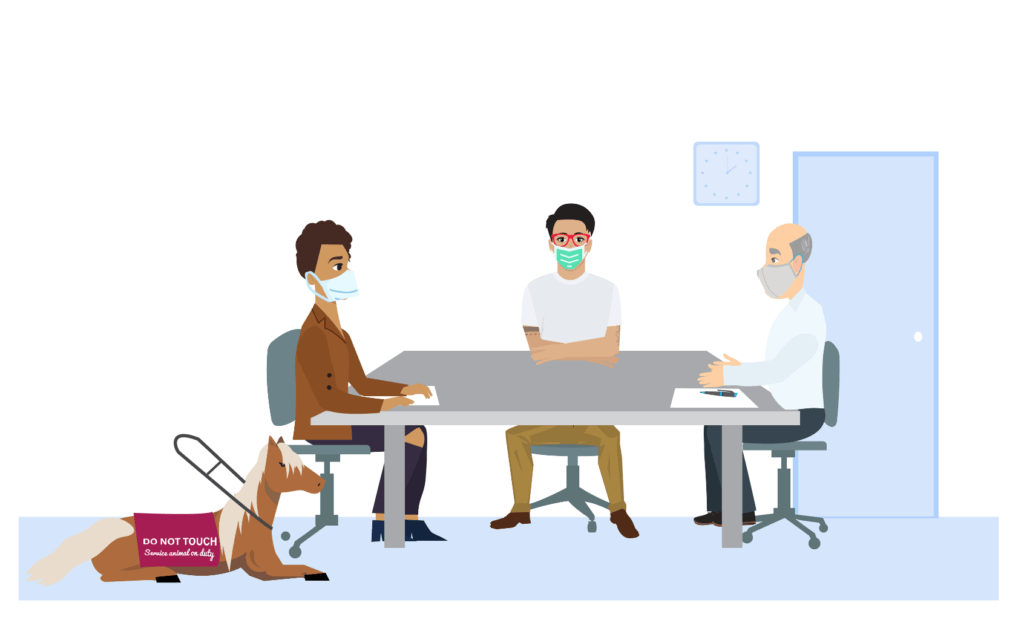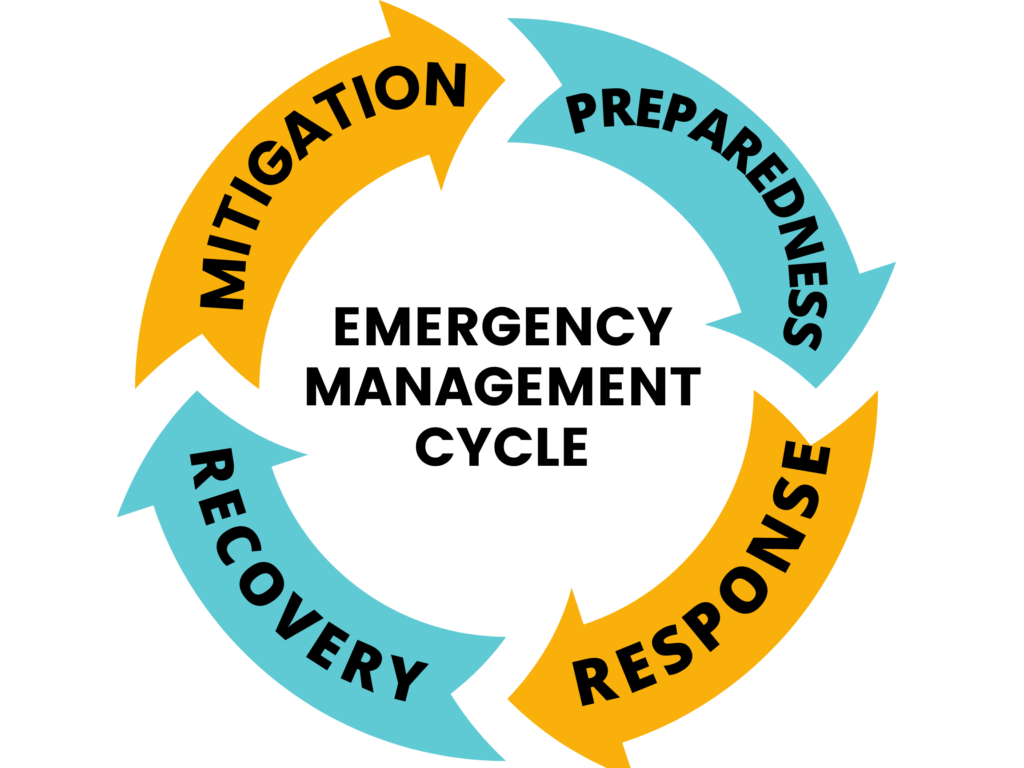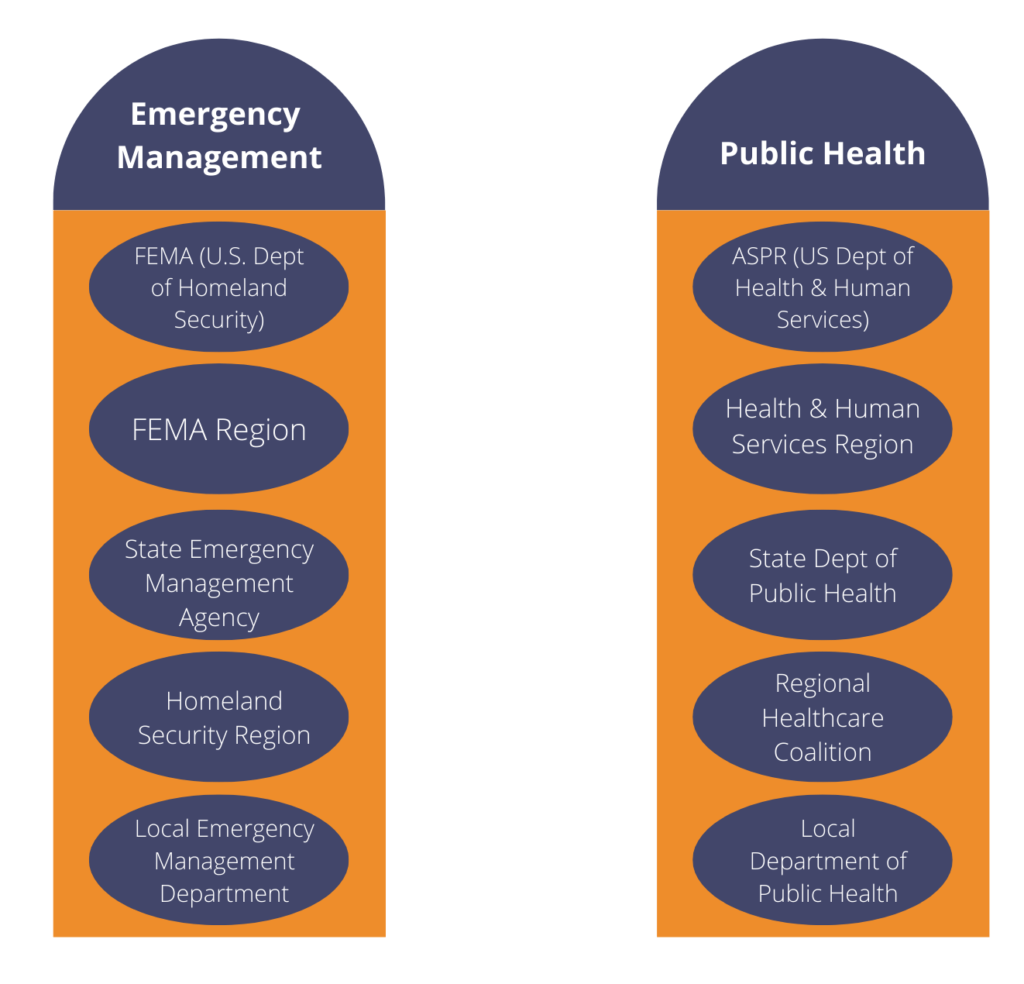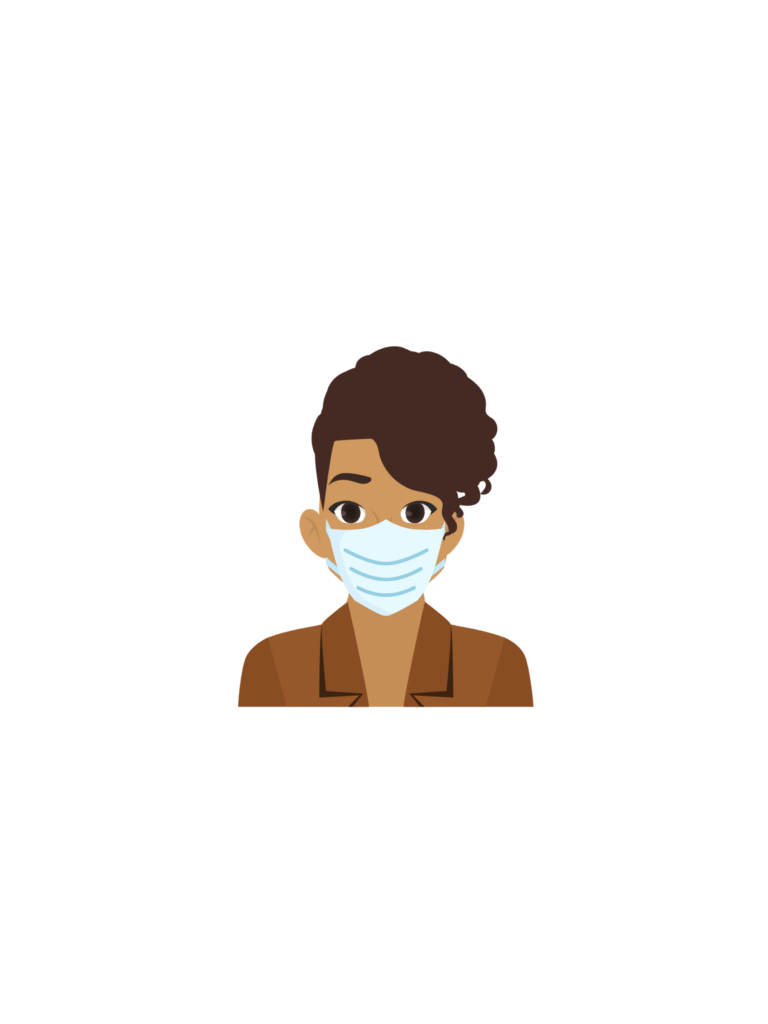The American Emergency Management and Public Health Preparedness System _review


EM: Terrye, in order to develop relationships with local emergency and public health preparedness planners you need to know something about the American emergency system.
? The American emergency system has 3 basic levels. What do you think they are?
Federal, state, and regional levels
You have 2 of the 3 basic levels. Try again.
State, regional and county levels
You have 1 of the 3 basic levels. Try again. The county-level is just one example of the local level.
Federal, state and local levels
That’s right. The emergency “system” is really a system of systems. Because of the nature of the U.S. government, there are 3 levels of emergency planning and management. There are American emergency management agencies at the federal, state, and local levels. So, there is one federal system, 50 state plus 5 territorial systems plus hundreds of county, city, and town emergency systems. There are also regional systems within states and among states.
Federal, regional and local levels
You have 2 of the 3 basic levels. Try again
The emergency “system” is really a system of systems. Because of the nature of the U.S. government, there are 3 levels of emergency planning and management. There are American emergency management agencies at the federal, state, and local levels. So, there is one federal system, 50 state plus 5 territorial systems plus hundreds of county, city, and town emergency systems. There are also regional systems within states and among states.

EM: Within each government level (federal, state, and local) there is a public safety emergency system and a public health emergency system. In some communities these offices coordinate well and in others they don’t.
We’re making this chart for the community. Take a look.
| Emergency Management System | Public Health System | |
| Federal Level | Federal Emergency Management Agency (FEMA) | Office of the Assistant Secretary for Preparedness and Response (ASPR) |
| State Level | Emergency management agency | Department of Public Health |
| Local (city, town, county) level | Emergency management office or department | Public health office or department |
EM explains some more:
Many of us have heard of FEMA, the Federal Emergency Management Agency. Do you also know about ASPR?
ASPR is the Office of the Assistant Secretary for Preparedness and Response (ASPR) at the U.S. Department of Health and Human Services. ASPR is the highest government level for public health emergency management. ASPR is the federal agency in charge of managing public health and medical disaster planning, response and recovery. ASPR works on: (1) planning and response to medical and public health emergencies; (2) making a strong federal medical response; (3) “medical countermeasures” (medicine or vaccines to help people stay healthy in medical emergencies); (4) grants to make hospital and health care systems strong so that they can help during emergencies. (More information about ASPR).

FEMA is the Federal Emergency Management Agency. FEMA is the U.S. government agency that is in charge of coordinating the federal government’s role in emergency planning, response and recovery. Before disasters FEMA provides resources and information to help communities train, practice and build capacity to reduce risk and prepare for disasters. During presidentially declared disasters FEMA mobilizes and coordinates federal support. After disasters FEMA helps communities recover. (More information about FEMA.) FEMA has regional disability integration specialists. The Public Health is for Everyone Toolkit has a list.
At the state level, each state has an Emergency Management Agency and a Department of Health or Department of Public Health. Within each health department, there is generally an office devoted to addressing public health emergencies.
At the local (city, town, county) government level there are emergency management and public health offices or departments. To find yours, look at your local government website or call your local government’s main office.
Local health departments protect communities from real or potential events that threaten community health, including emergencies, disasters and pandemics. They sustain national health security through public health preparedness, which includes emergency response and planning. They also help other entities during the recovery process. COVID-19 is an example of a public health emergency.
Local emergency management department or offices coordinate efforts to respond to, prepare for, recover from and mitigate against natural or other disasters and terrorist acts. Natural disasters include weather-related events like hurricanes or floods. Human caused disasters include hazardous chemical spills. Terrorism includes events like the Sept 11, 2001 attack on the U.S.
Each state also has healthcare coalitions (HCC). Coalitions include healthcare and emergency response organizations within a certain area, usually more than one community. Coalition members include hospitals, emergency medical services (EMS), emergency management and public health agencies. Coalitions coordinate member healthcare preparedness and response. Find your healthcare coalition here.

PJ: As you can see, there are many parts and levels in this system of systems. If different parts of the systems don’t work well together, then we say there are “silos” which can be a challenge to moving forward. There can be conflicts among local, state and federal levels. There can also be conflicts between emergency management and public health preparedness at any level.
But the best practice is to work collaboratively. There are a number of communities that do just that.


Carrie: Notice that the higher levels of emergency management and planning are not in charge of and do not generally oversee the lower levels. FEMA and ASPR do not control state emergency or public health agencies, for example, and generally cannot direct them to take action.
In many states, the state emergency management and public health preparedness agencies don’t direct those at the local level. But note that in some states the state public health office has control over local public health offices.

EM: Let’s talk about how this works in practice, using the examples of two Lexingtons: Lexington, Kentucky, and Lexington, Massachusetts.

Lexington, MA, is a Boston suburb with about 33,000 people. It’s known for the Battle Green, where the first shot of the American Revolutionary War was fired. In Lexington, the fire chief acts as the local emergency manager. There is also a local office of public health, within the Town’s Land Use, Health, and Development Department. Because the office is small, the public health director is also the public health preparedness planner.
At the state level, the state emergency management agency is called the Massachusetts Emergency Management Agency (MEMA), located in the Executive Office of Public Safety and Security. The state Department of Public Health, located in the Executive Office of Health and Human Services, has an Office of Preparedness and Emergency Management. MA is in FEMA Region 1 and Health and Human Services/ASPR Region 1.

Let’s look at Lexington, KY. Lexington-Fayette County has approximately 322,000 residents, and is known as the “horse capital of the world.” The Lexington-Fayette County Division of Emergency Management (DEM) is a division of Lexington-Fayette County’s Department of Public Safety.
Kentucky state Emergency Management (KYEM) is a division of the Kentucky Department of Military Affairs. The Kentucky Department of Public Health, part of the state’s Cabinet for Health and Family Services, has a Public Health Preparedness Program. Kentucky is in FEMA Region 4 and Health and Human Services/ASPR Region 4.

PJ: What can you learn from these descriptions and the discussion above?
Action Teams may have to approach local public health and emergency management separately
That’s correct. It may take a little while to find the local emergency and public health departments. Your Action Team should consider separate approaches to public health and emergency management.
Because they’re part of the same local government, local public health and emergency management will work well together
Not quite. Emergency management planning and public health preparedness planning are two different, although related, fields.
Local public health and emergency management will have clearly defined roles
Not quite. Each field has its own educational path and professional certification.
There might be silos (local public health and emergency management may not work well together and may focus on work separately)
That’s correct. In fact, research indicates a number of differences between the fields in terms of attitude and opinion as well as practitioner characteristics.
Emergency management and public health functions may be in departments with names you don’t expect
That’s correct. You may have to do some of your own research to find out what these departments are called and where they are located in your community.

Carrie: Terrye, when planning to engage (the first E in Prepared4ALL) local emergency and public health offices, do your homework!
Learn the local government structure, department names, and where these departments fit. Because public health and emergency management are often separate offices or departments, assume that they may need different approaches.
Beware of offices or departments that are stuck in silos. You may not be able to break down the silos but you may be able to work separately with each one.
The system certainly isn’t what I thought it was when I first learned about it.

EM: Many believe the most important system is the one on top, the federal level. Do you think this is true?
The federal level is the most important emergency planning system
Not quite, try again.
The state level is the most important emergency planning system
Not quite, try again.
The local level is the most important emergency planning system
Did you know the saying, “all response is local”? That’s because planning and response begin on the local level, the level closest to the community and the people served. When local emergency response is overwhelmed, then the locality goes to the state for support and when the state response is overwhelmed, the state can ask for federal help.

Carrie: Pandemic planning and response is a public health activity. While the local public health officials should take the lead on COVID-19 planning and response, this may not always be the case. In some communities, there is tension around which local government office is in charge. There’s conflict and limited cooperation. In other communities, public health takes the lead and has strong relationships and cooperation from other local government offices. Even though pandemics are public health issues, there is a strong role for emergency management. For example, at the national level, FEMA is taking a very important role.
